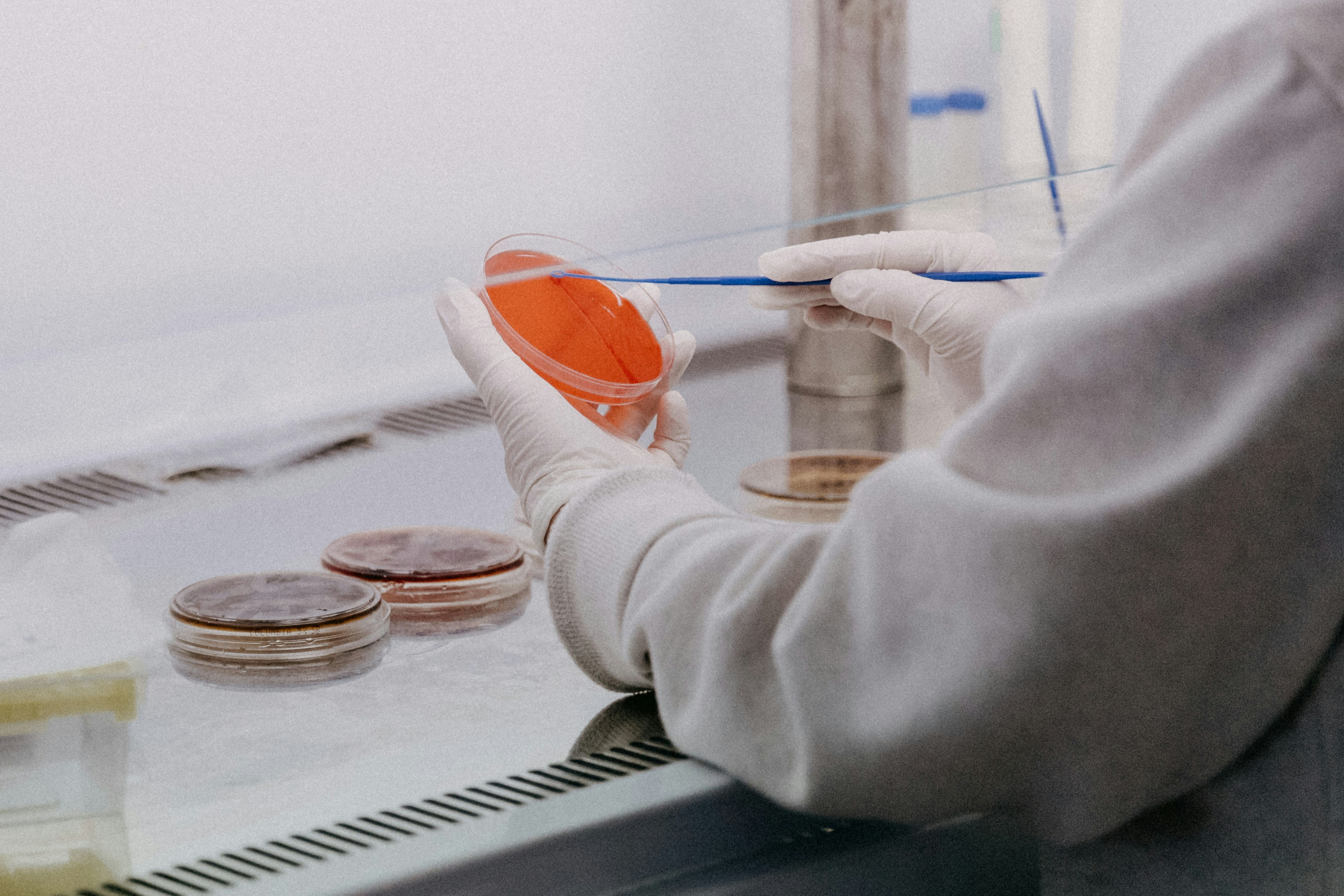
As the world continues to navigate the ever-evolving landscape of the COVID-19 pandemic, the importance of rapid and accurate testing cannot be overstated. In the wake of initial outbreaks, scientists and medical professionals have tirelessly worked to innovate and improve COVID-19 diagnostics. This article delves into the most recent advancements in testing technologies, offering insight into how these developments could shape the future of pandemic management.
For individuals seeking more detailed information or specific types of COVID-19 testing services, exploring external resources can provide clarity and direction. One example is accessing specialized websites for comprehensive insights into various testing options available, including rapid and accurate tests that cater to different needs. For a deeper dive into the types of tests, including same-day options and at-home solutions, COVID-19 testing information available online can be a valuable resource.
At-Home Testing: Convenience and Accessibility
The pandemic has underscored the importance of accessibility in testing. At-home COVID-19 tests have emerged as a game changer, allowing individuals to test themselves without the need to visit a healthcare facility. This not only reduces the risk of virus transmission but also supports ongoing surveillance efforts by making testing more widely available.
Revolutionizing Speed: RT-LAMP
Gone are the days when we solely relied on the reverse transcription-polymerase chain reaction (RT-PCR) for COVID-19 detection. The introduction of Reverse Transcription Loop-Mediated Isothermal Amplification (RT-LAMP) has set new standards for testing speed without sacrificing accuracy. This method allows for the detection of SARS-CoV-2’s genetic material in under 30 minutes, a significant improvement over the hours-long wait associated with RT-PCR tests.
Technological Integration: AI and Machine Learning
The utilization of artificial intelligence and machine learning in refining the accuracy of COVID-19 tests marks a significant technological leap. These technologies are being applied to predict outbreaks, optimize testing protocols, and interpret complex test results quickly. The integration of AI could dramatically reduce the time required for testing processes and improve the precision of diagnostics, signifying a pivotal move in the fight against the pandemic.
Mobile Laboratories: On-The-Go Testing
Responding to the need for testing in remote or hard-to-reach areas, mobile laboratories have been deployed. These labs bring the testing facilities directly to the community, enabling rapid on-site testing in places where it’s otherwise unavailable. This approach not only expands access to testing but also speeds up the process of identifying and isolating cases, which is crucial for controlling outbreaks.
Antigen Tests: Beyond the Laboratory
Antigen tests, known for their quick turnaround times, have evolved to offer even more reliability and convenience. With recent developments, these tests can now be performed using nasal swab samples, making them less invasive and more palatable for frequent testing. While initially antigen tests were considered less accurate than molecular tests, ongoing improvements have significantly narrowed this gap.
Pooling Samples: Maximizing Resources
In response to the high demand for testing, laboratories have adopted a technique known as pooling samples. By testing groups of samples together, labs can increase the number of individuals tested while conserving resources. If a pooled sample tests positive, each sample in the group is then tested individually to identify the source. This method has proven particularly useful in areas with low infection rates, allowing for efficient mass screening.
Multiplex Assays: Identifying Co-Infections
The COVID-19 pandemic has highlighted the need for tests that can identify multiple pathogens simultaneously, as co-infections with other respiratory viruses are possible. Multiplex assays, which can detect the presence of SARS-CoV-2 alongside other pathogens like influenza, have become increasingly important. These comprehensive tests aid in accurate diagnosis and treatment, especially during flu season.
Environmental Testing: Monitoring Wastewater
Environmental testing, particularly through monitoring wastewater, is emerging as a vital tool in detecting the presence of SARS-CoV-2 within communities. This method offers a non-invasive way to estimate the virus prevalence and track its spread. Regular surveillance of wastewater can serve as an early warning system for potential outbreaks, guiding public health decisions and interventions.
Biosensors: Cutting-Edge Detection
Among the most futuristic advancements are biosensors capable of detecting SARS-CoV-2 in the air. These innovative devices offer the potential for early outbreak detection in public spaces, such as airports and schools. While still under development, biosensors represent a promising leap toward real-time, non-invasive virus surveillance.
Conclusion
The rapid development of COVID-19 testing technologies not only demonstrates the scientific community’s capability to respond to global health crises but also offers hope for the management of future pandemics. As these technologies continue to evolve, the goal of containing the spread of the virus becomes increasingly achievable. By staying informed about these advancements, we can all play a part in supporting public health efforts. Embracing innovation in testing may just be our best shot at turning the tide against COVID-19.